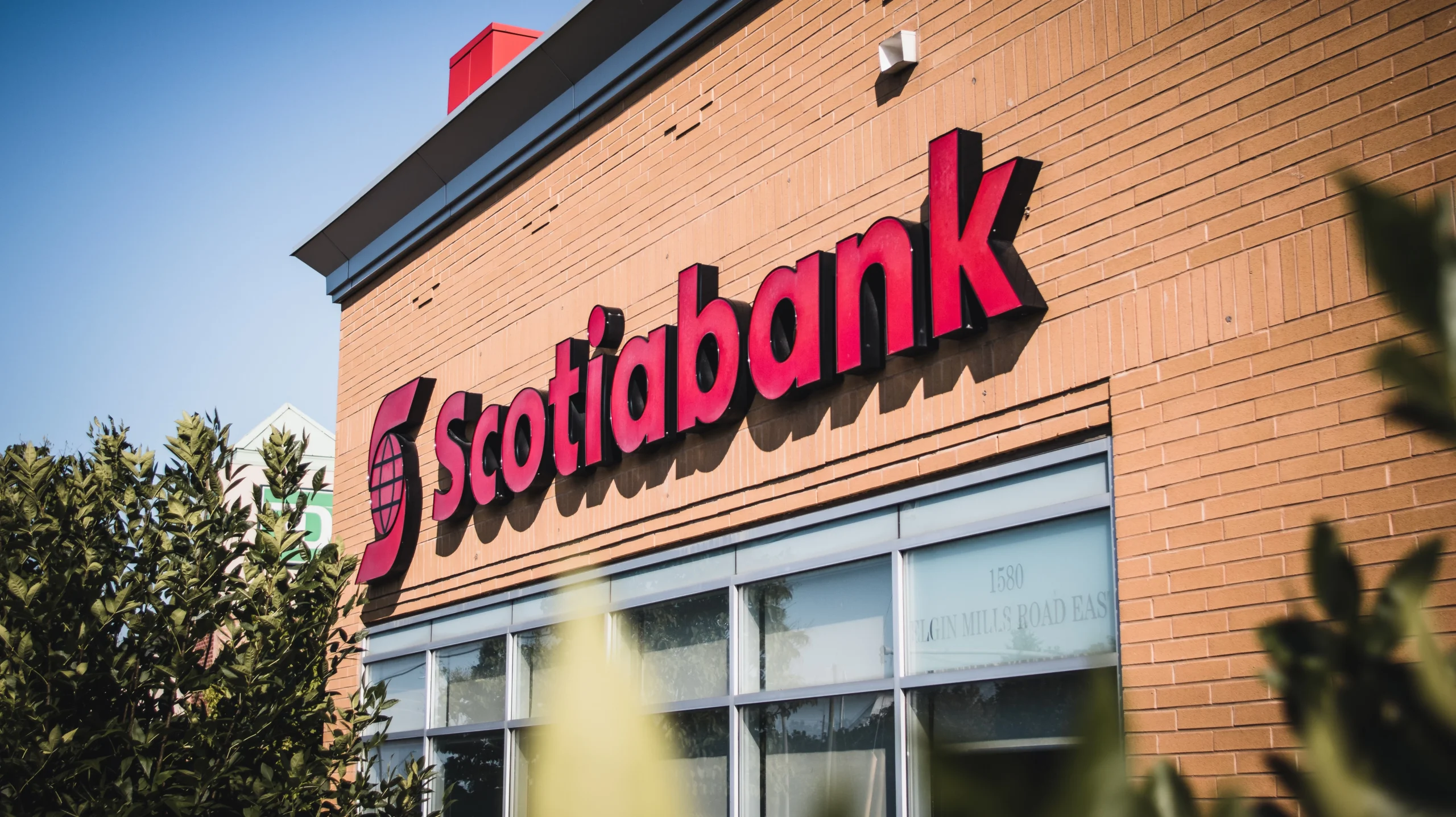Table of Contents
Conversion Rate Optimization for Sales Funnel
Conversion funnels are an essential part of every marketer’s strategy to achieve their goals. However, simply implementing a funnel is not enough. To truly optimize your marketing efforts, you need to analyze and streamline your conversion funnel to maximize its effectiveness. In this article, we will guide you through the process of analyzing your conversion funnels to identify areas for improvement and discuss various strategies to optimize your sales funnel for higher conversion rates.
What is a Conversion Funnel?
A conversion funnel, also known as a sales funnel or website funnel, is a path that you design for visitors to flow through your website. It outlines each stage of their mindset as they progress towards a conversion, such as making a purchase or signing up for a newsletter. The funnel metaphor is accurate, as the number of visitors gradually decreases as they move closer to conversion.
No matter what your conversion goal is, whether it’s growing your email list or selling products on your website, you can use a conversion funnel to organize and drive your marketing efforts. It provides a clear plan to guide your users and ensures a user-friendly customer journey.
Analyzing Your Conversion Funnel
Before you start making changes to your conversion funnel, it’s crucial to analyze its performance to identify areas for improvement. Here is a step-by-step breakdown of how to analyze your marketing funnel and determine the stages that need optimization:
-
Run a top-level funnel analysis: Start by examining the primary stages of your conversion funnel, such as awareness, interest, desire, and action. Look at the engagement numbers for each stage to determine which stages are not generating enough traffic towards your conversion goal.
-
Identify problem areas: Pay attention to the stages where you see a significant drop-off in engagement. For example, if you notice a drop-off between adding items to the cart and making a purchase, this stage may require improvement.
-
Conduct a deeper funnel analysis: Once you pinpoint the problem stage, analyze the specific steps within that stage to identify where the drop-off is occurring. Look for potential issues, such as errors in forms or user experience obstacles.
-
Make a hypothesis: Based on your analysis, formulate a hypothesis about the problem areas and potential improvements. For example, you may hypothesize that users are abandoning the conversion funnel because of a specific form’s color.
-
A/B testing: To test your hypothesis, create multiple versions of the problematic stage and compare their performance. Utilize A/B testing tools, such as Bloomreach Engagement, to serve different variations to your audience segments. Continuously test and refine until you find the best-performing solution.
-
Repeat the process: Once you improve the performance of one stage, move on to the next underperforming stage and repeat the analysis and optimization process.
By systematically analyzing and optimizing each stage of your conversion funnel, you can gradually improve its performance and achieve higher overall conversion rates.
Best Practices for Conversion Funnel Optimization
In addition to the steps mentioned above, here are some best practices to keep in mind when optimizing your conversion funnel:
-
Ensure easy navigation: Plan out your customer journey and provide a clear and intuitive path for visitors to follow from start to finish. Make it easy for potential customers to access product pages and find the shopping cart while navigating your site.
-
Design stages to provoke action: Each step of your conversion funnel should be designed to prompt a specific action. Clearly define the intended action for each stage and ensure that your page’s layout and content align with that goal.
-
Continuously test and experiment: Test every change you make to your conversion funnel and continuously push yourself to create hypotheses for further optimizations. A/B test various elements, such as colors, fonts, and content blocks, to find the most effective solutions.
By following these best practices and constantly refining your conversion funnel, you can create next-level customer journeys that drive higher conversion rates and encourage repeat customers.
Conclusion
Analyzing and optimizing your conversion funnels is crucial for maximizing your marketing efforts and improving your overall conversion rates. By following the steps outlined in this article and implementing best practices, you can effectively identify areas for improvement and fine-tune your sales funnel to drive better results. Remember to continuously test and experiment to ensure that your funnel is delivering the most value to your users. Start optimizing your conversion funnel today and craft compelling customer experiences that lead to increased conversions and customer loyalty.
Sources:
